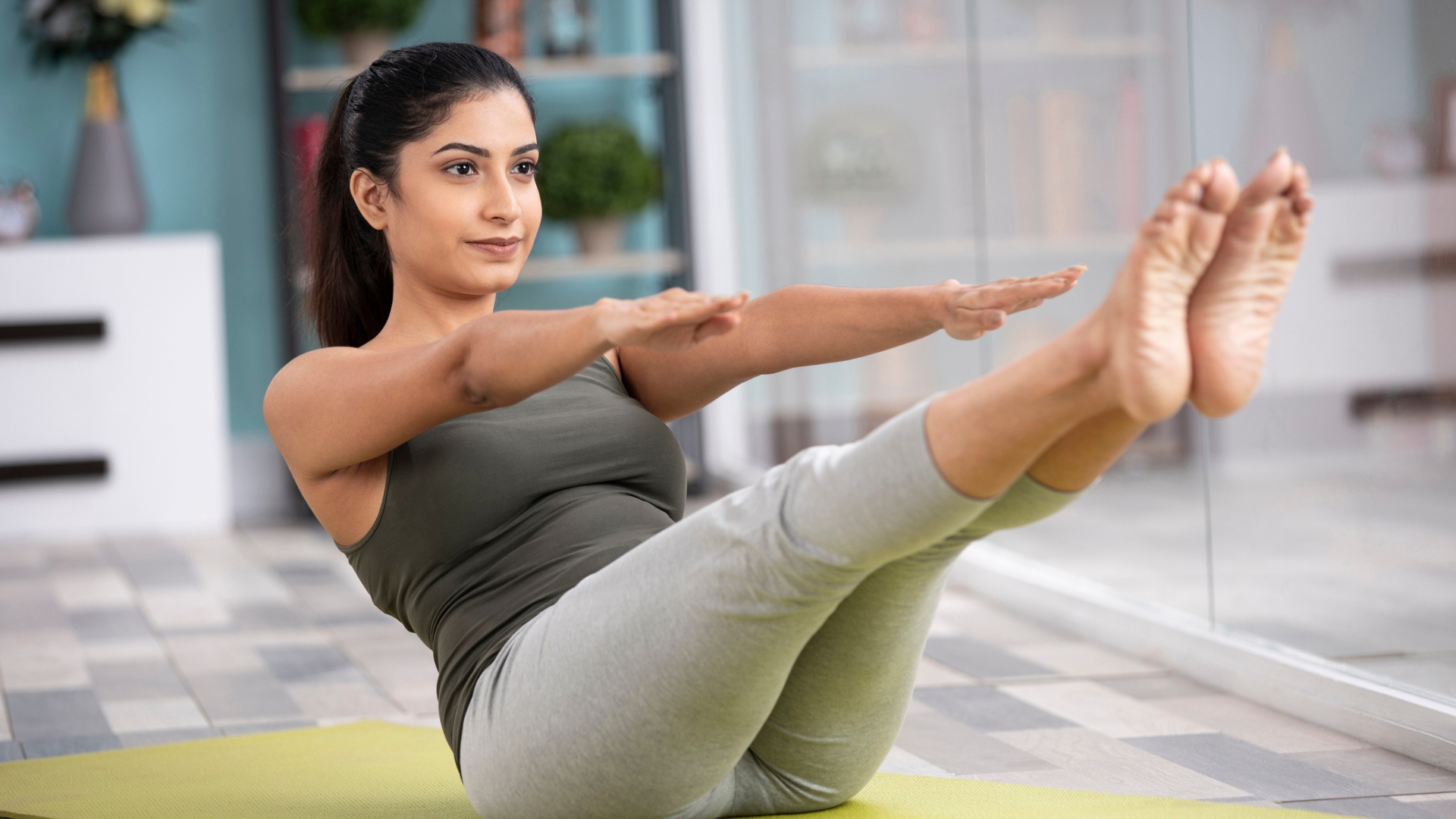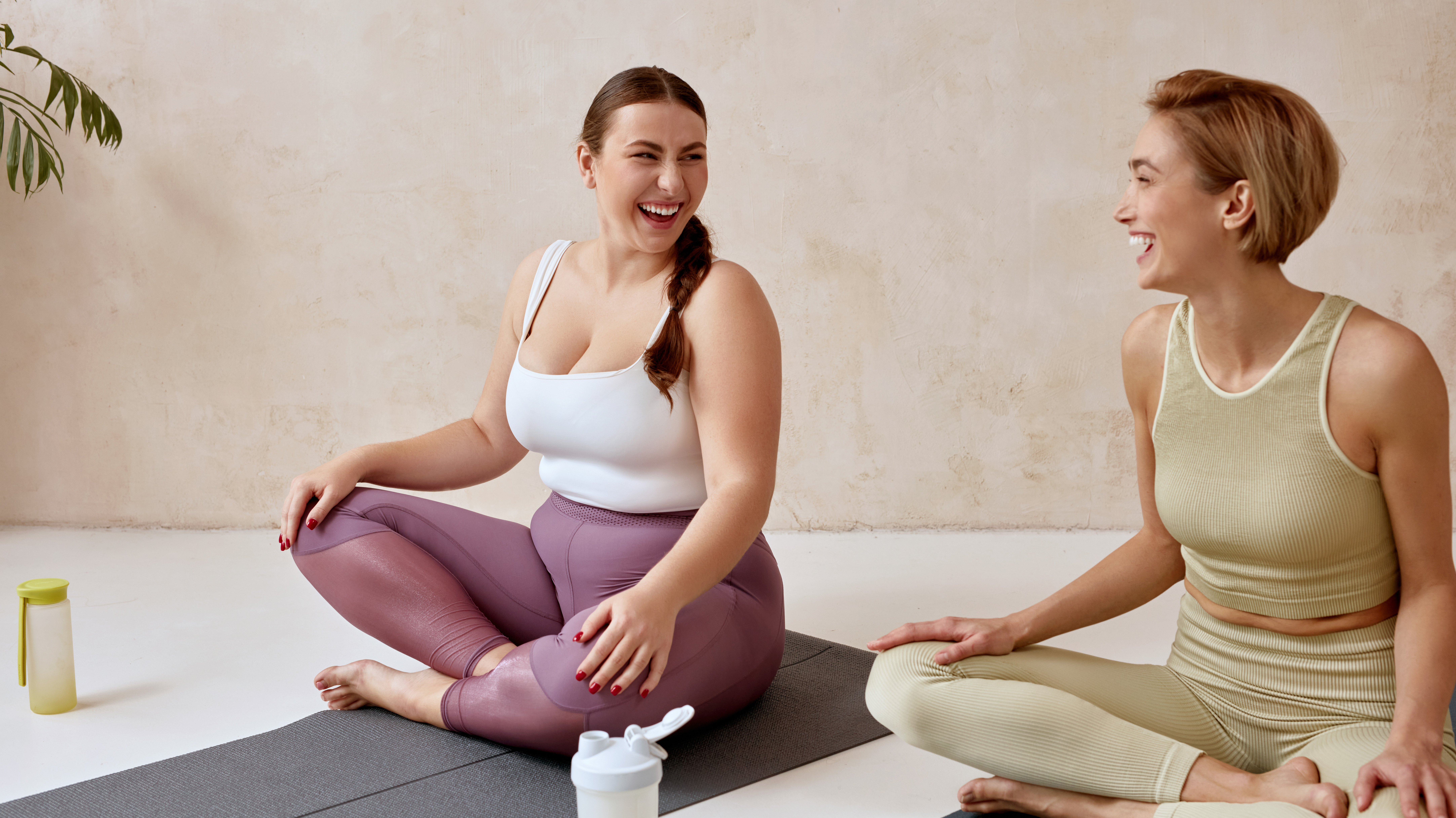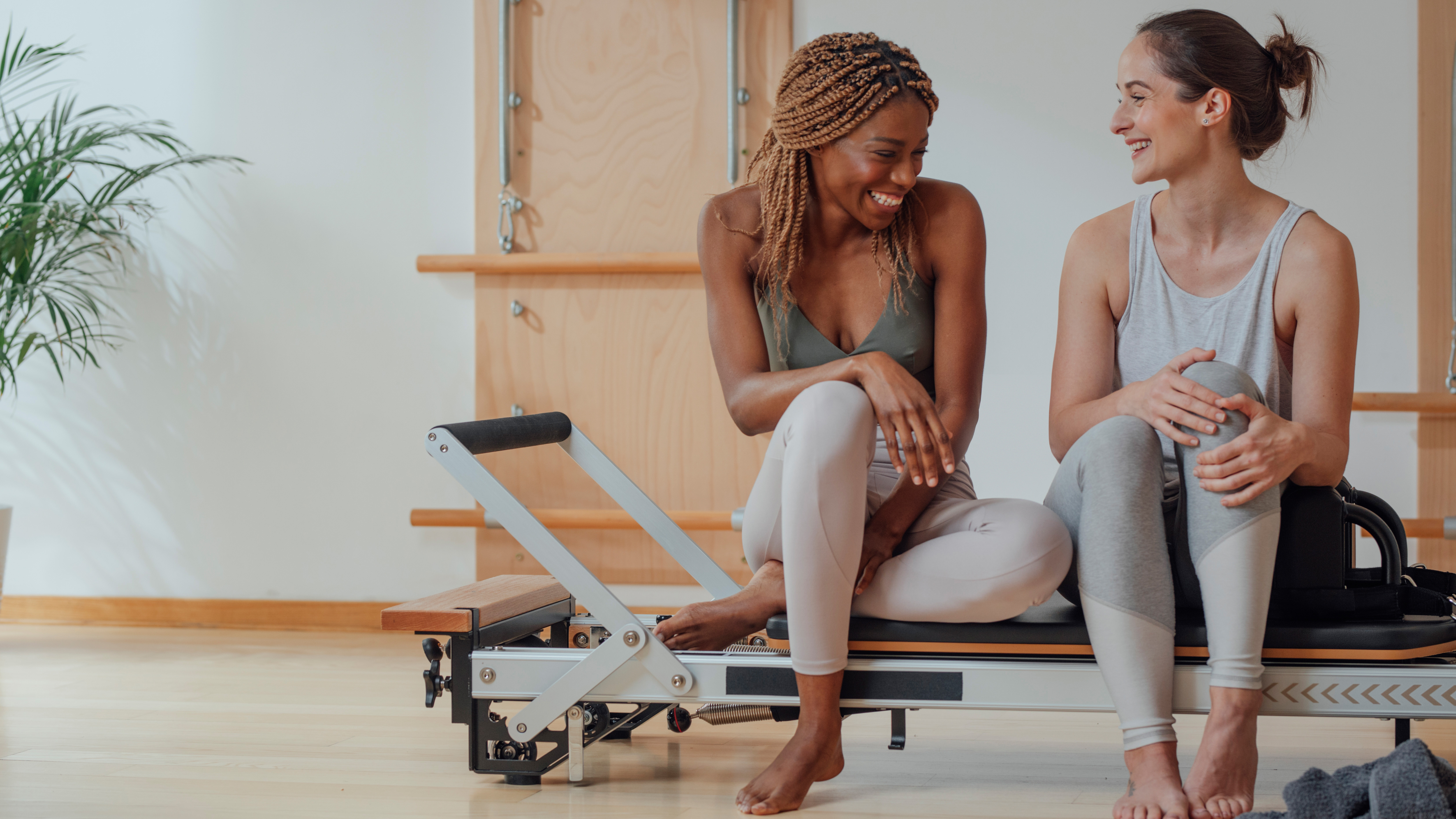What is classical Pilates and is it better than contemporary Pilates?
Try this seven-move classical Pilates routine for beginners to decide

Pilates has exploded in popularity over the past few years.
With studios popping up everywhere and countless online classes to choose from, it’s easy to assume Pilates offers an endless range of workouts.
So you might be surprised to hear that classical Pilates—the original format of the practice—consists of just 34 mat-based moves.
Here we break down what classical Pilates really is, how it compares to contemporary styles, and help you decide which one is right for you.
Plus, we’ve included a seven-move classical Pilates routine for beginners to try at home.
What is classical Pilates?
Pilates was founded by Joseph Pilates in 1926 as a way to improve physical and mental health.
It focuses on strength, mobility, posture, balance and breath control, all in one low-impact routine.
Start your week with achievable workout ideas, health tips and wellbeing advice in your inbox.
It works the whole body, but one of the main benefits of Pilates is that is strengthens your mid-body core muscles.

“The definition of classical Pilates is if you are doing the exercises that were outlined by Joseph Pilates on a piece of classical piece of equipment,” says Rebecca Convey, a classical Pilates instructor and founder of London-based studio Kinetic Pilates.
That includes the mat, but also specialist tools like the Pilates reformer, Pilates chair, spine corrector and Cadillac.
Classical Pilates vs contemporary Pilates
Classical Pilates consists of 34 exercises performed in a specific sequence.
If you're doing anything outside of that, you're likely practicing contemporary Pilates, which might include a broader range of moves and a fusion with other exercise styles.
“Contemporary Pilates has often been redefined, reworked or modernized,” Convey says. “But both contemporary and classical Pilates are about strength, stretching, mobility and control.”

Another big distinction between classical and contemporary Pilates is the order of the moves.
Joseph Pilates believed the sequence mattered and should be followed exactly, as it allowed students to practice easier, foundational moves before progressing to harder variations.
Modern Pilates might switch around the order, especially in advanced classes where people are already comfortable with the full suite of moves and variations.
Is classical Pilates better than contemporary Pilates?
Whether you should opt for classical or contemporary Pilates depends on your preference.
If you enjoy a structured routine with a strong focus on technique, core strength and authenticity, classical Pilates could be for you. The predefined process builds strength and skill systematically and gradually.
If you prefer variety and enjoy instructors being creative and designing routines with a specific focus, such as glutes or posture, then contemporary Pilates might suit you better.

Ultimately, Convey says, the most important thing is that your teacher is qualified and experienced.
“For me it always comes down to the quality of the teaching. You should always ask the question of how long your teacher has been training. Many only need to do an online weekend course to qualify.”
In contrast, classical Pilates training requires a minimum of 450 hours of training.
Try a classical Pilates routine at home
A post shared by Fit&Well (@wearefitandwell)
A photo posted by on
If you fancy giving a classical Pilates sequence a go, Convey has shared the seven-move mat routine you can try at home.
“These are the seven exercises you should start with if you're healthy and uninjured,” she says.
The 100
“This is a wonderful warm-up as well as a breathing and strengthening exercise. It will prepare your body and focus your mind for the rest of the session,” says Convey.
- Lie on your back and hug your knees into your chest.
- Engage your core, lift your head and shoulders and extend your arms and legs. Lower your legs only as low as your lower back stays in contact with the floor.
- Pump your arms up and down while inhaling for five counts and exhaling for five counts.
- Complete 10 rounds—that’s 100 pulses.
Trainer tip: If you feel any discomfort in your neck, keep your head down until you build enough strength to lift it.
Half roll down
“This exercise works on the abs as well as stretching the back and legs,” says Convey.
- Sit with your knees bent, hands behind the thighs and feet on the floor.
- Engage your core and roll halfway back, curving your spine into C-shape.
- Hold for three counts, then roll back up to the seated position and lengthen the spine.
- Repeat four or five times.
Trainer tip: Once you’re confident and strong enough, progress to the full roll-up, keeping the knees bent at first. Gradually work towards straightening your legs.
Single leg circle
“This move is great as it works to stretch the hips, hamstrings, inner and outer thighs and abdominals,” says Convey.
- Lie on your back, extend your right leg straight up (or with a slight bend if you need to) and keep your left leg flat on the floor.
- Engage your core and circle your raised leg from the hip, keeping your body stable.
- Do five circles in each direction, then switch legs.
Trainer tip: Keep the circle controlled even if that means keeping the movement small.
Rolling like a ball
“This stretch works the abdominals and massages the spine,” says Convey.
- Sit on the floor with knees bent and hands on your ankles, rounding your spine into a ball-like C-shape.
- Balance on your sit bones with feet just off the floor, tuck your chin and maintain your shape as you rock back onto your shoulder blades.
- Return to the starting balance position, keeping your abdominals braced toward your spine.
- Repeat five or six times.
Trainer tip: If the rolling feels tough, start by holding the balancing position on your sit bones. As you get stronger, the rolling will come.
Single leg stretch
“This exercise works the abdominals predominantly and will do wonders to strengthen your core,” says Convey.
- Lie on your back with your knees close to your chest.
- Place your right hand on your right ankle and your left hand on your bent right knee.
- Engage your core, lift your head and shoulders and extend your left leg toward the floor—only as low as you can keep your lower back on the floor.
- Switch sides and hands and repeat.
- Repeat five to 10 times.
Trainer tip: Maintain a strong connection to your abdominals and keep your neck relaxed.
Double leg stretch
“This exercise works on deep breathing and core strengthening, and provides a full-body stretch,” says Convey.
- Lie on your back with your knees into your chest, holding your ankles.
- Engage your core and lift your head and shoulders.
- Inhale deeply to stretch your arms and legs out, keeping your back in contact with the floor.
- Exhale and circle your arms around and bring your knees back to your chest, holding your ankles again.
- Repeat five to 10 times.
Trainer tip: Engage your abdominals and lengthen spine as much as possible.
Spine stretch forward
“This exercise does what it says on the tin! It will stretch your spine and work your abdominals,” says Convey.
- Sit with your legs out in front, feet wider than shoulder-width apart.
- Raise your arms in front and inhale.
- Exhale as you fold forward as if rounding over a big beach ball in front of you.
- Keep your core engaged, inhale and return to your upright seated position.
- Repeat three to five times.
Trainer tip: If your hamstrings or hips are tight, you can bend your knees.
Alice Porter is a freelance journalist covering lifestyle topics including health, fitness and wellness. She is particularly interested in women's health, strength training and fitness trends and writes for publications including Stylist Magazine, Refinery29, The Independent and Glamour Magazine. Like many other people, Alice's personal interest in combining HIIT training with strength work quickly turned into a CrossFit obsession and she trains at a box in south London. When she's not throwing weights around or attempting handstand push-ups, you can probably find her on long walks in nature, buried in a book or hopping on a flight to just about anywhere it will take her.